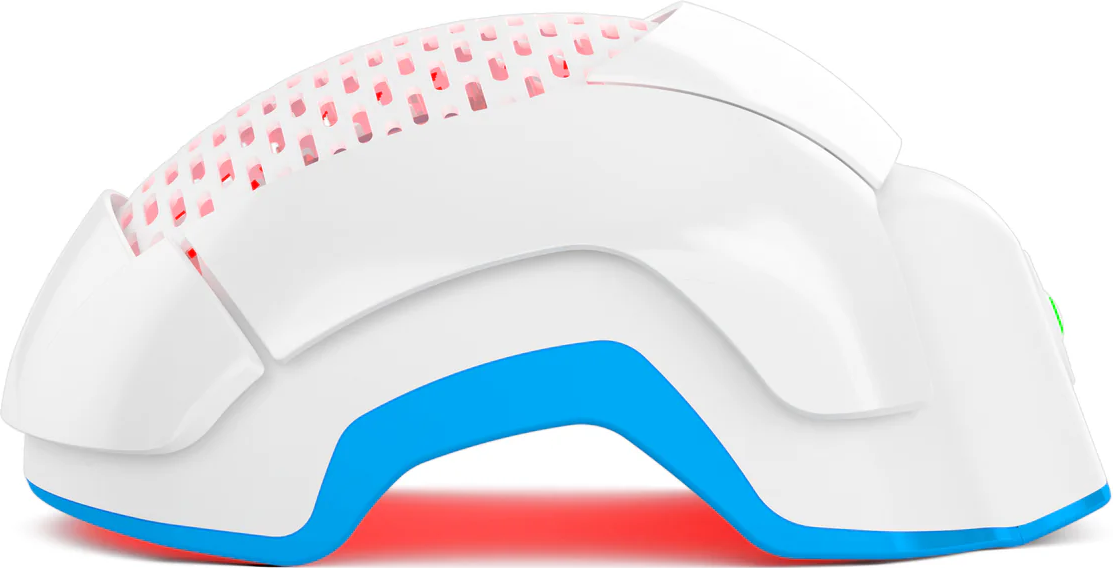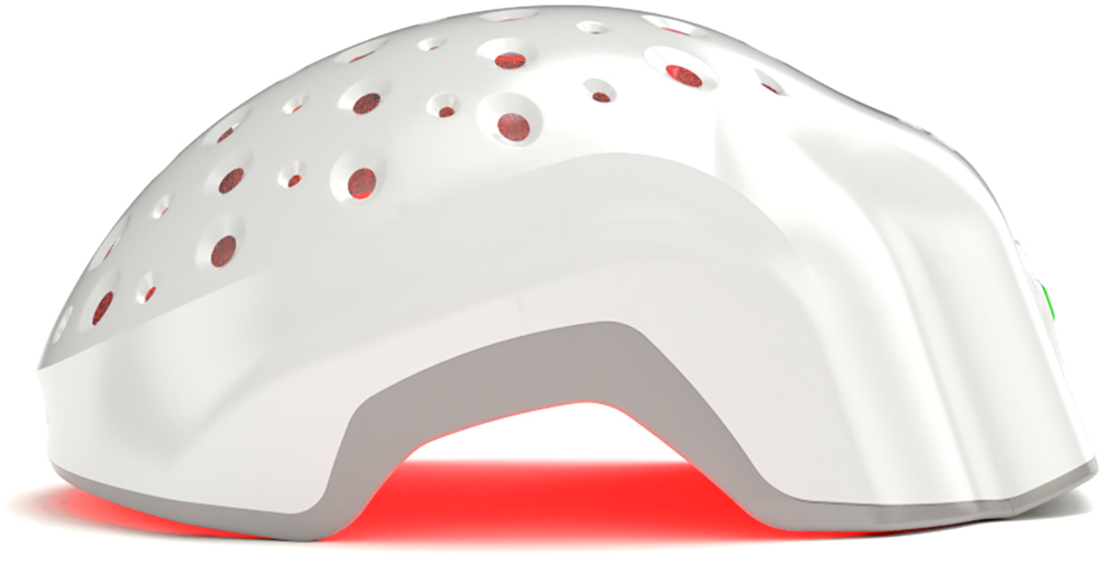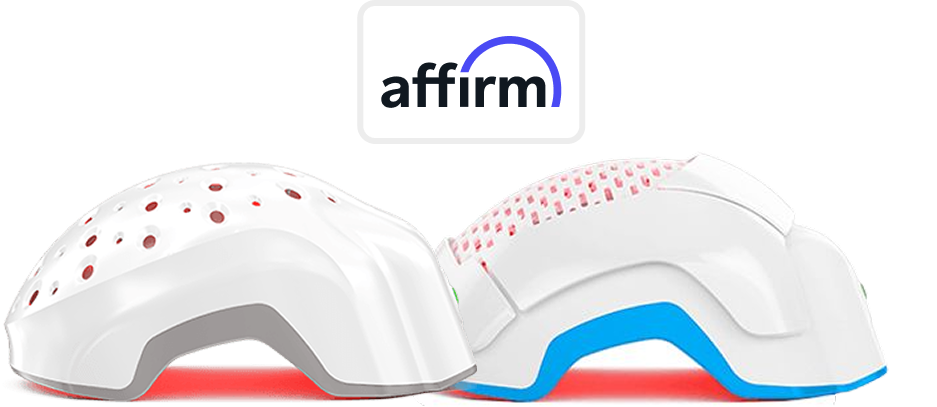Long hair gets blamed for a lot.
Split ends? Must be the length.
Tangled mess? Obviously the length.
Shed strands everywhere? Clearly, it’s the length again. But before you reach for scissors or start blaming gravity, let’s clear one thing up: having long hair doesn’t cause more shedding. It just makes what’s already happening a lot more obvious—and dramatic.
The average person loses 50 to 100 strands a day, whether their hair’s down to their waist or barely skimming their ears. But when one of those strands is 18 inches long, it looks like more. Cue the panic. Add to that some real culprits like bad brushing habits, heat styling, or tying your ponytail tighter than your deadlines—and you've got a recipe for unnecessary stress, and yes, even actual hair loss.
This isn’t about guessing or myths. There’s no scientific evidence that long hair leads to hair fall or baldness. What there is, though, is a long list of bad habits and preventable triggers that make long hair more prone to shedding, snapping, or breaking.
So if you’ve been side-eying your strands and blaming the length, keep reading. We're about to explain what’s really causing all that fallout—and what to do about it.
Does Hair Length Affect Shedding?
The average human sheds between 50 and 100 hairs a day, regardless of how long that hair is. That’s biology. The hair growth cycle—anagen (growth), catagen (transition), and telogen (rest/shedding)—doesn’t care whether your strands graze your shoulders or your spine.
So why does hair shedding in long hair feel like it’s always on overdrive?
Because longer strands are more noticeable. A dozen 18-inch hairs in your hand feel way more dramatic than two dozen 2-inch ones, even though the actual count might be lower.
Scientific research has shown no correlation between hair length and actual follicle health or shedding frequency. What often fuels this belief is visibility and emotional reaction. It’s also a classic case of hair loss myths muddying up perfectly reasonable science. Long hair doesn’t cause more loss—it just makes every shed strand look like a small betrayal.
What Causes Long Hair to Fall Out More?
Let’s reframe the question. It’s not that long hair sheds more—it’s that long hair, when mistreated, becomes more prone to stress-related fallout. And most of that stress comes from you. Here’s what’s actually making your long locks hit the floor:
-
Tight hairstyles like slick buns or high ponytails create chronic tension, which can lead to traction alopecia.
-
Brushing too aggressively or ripping through tangles (especially when wet) causes breakage that’s easily mistaken for shedding.
-
Frequent use of blow dryers and straighteners (especially without heat protection) weakens keratin structure, making strands fragile.
-
Hair dye—particularly bleach-based lightening agents—breaks down disulfide bonds inside the hair shaft. Translation: weaker strands, more fallout.
- Many styling products contain alcohols, parabens, and synthetic fragrances, all of which can irritate your scalp and damage follicles.
The difference between hair breakage vs hair shedding matters here. Shedding is a natural cycle; breakage is a mechanical or chemical result. Long hair is more susceptible to the latter simply because there’s more of it to damage.
How to Control Shedding of Long Hair?
Now that we’ve called out the actual culprits, let’s talk about preventing hair loss in long hair—practically, naturally, and without any snake oil.
1. Maintaining a Healthy Lifestyle
Stress, lack of sleep, and chronic inflammation can push hair into the telogen (shedding) phase. Managing cortisol, getting rest, and staying hydrated all support follicular health. It’s boring advice, but it works.
2. Practice Good Hair Hygiene
Overwashing can strip your scalp of sebum; underwashing invites buildup and scalp irritation. Use a gentle, balanced shampoo 2–3 times a week and rinse thoroughly.
3. Avoid Hair Styling Products with Harmful Chemicals
Scan the label. Avoid anything ending in “-cone,” high on the alcohol list, or filled with synthetic dyes and fragrances. Your scalp is skin—it reacts.
4. Avoid Excessive Heat While Styling
Turn down the temperature and use a heat protectant every time. Heat breaks protein bonds in your strands, making them weaker and more prone to breakage.
5. Practice Regular Oiling of the Hair
Oiling helps reduce protein loss and improve tensile strength. Coconut oil and argan oil, in particular, have been shown to protect hair from damage during washing.
6. Follow a Nutritious Diet
Your hair reflects your nutrient intake. Iron, zinc, protein, vitamin D, and omega-3s are all directly linked to follicle health. Focus on whole foods, not just biotin gummies.
7. Don’t Tie Your Hair Tightly
Tension from hairstyles weakens the follicle anchor and increases shedding. Go loose and use fabric-covered ties to minimize friction and tugging.
Conclusion
So—does longer hair shed more?
Biologically, no. But in terms of visibility and vulnerability? Absolutely. Long strands show up more, take more abuse, and reveal your bad habits faster. Long-haired hair loss isn’t caused by the length itself—it’s what the length goes through. Brushing too hard, frying it with heat, starving it of nutrients, or tying it tighter than your work deadlines—all of that adds up. If you're serious about hair loss prevention, treat your long hair with the same respect you'd expect from it.






















